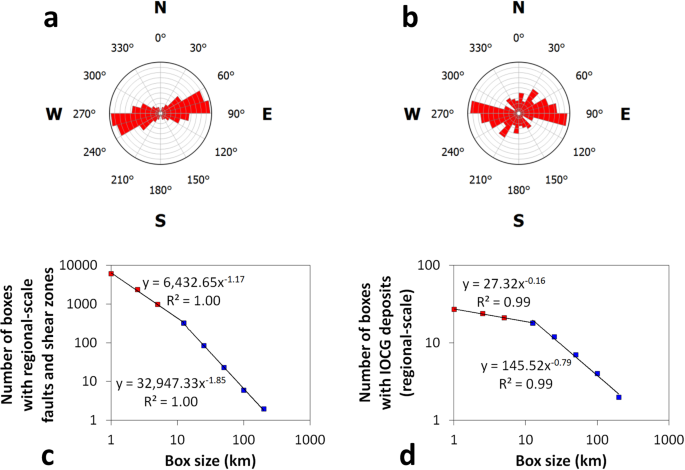

- Arcgis rose diagram how to#
- Arcgis rose diagram professional#
- Arcgis rose diagram series#
- Arcgis rose diagram download#
In a recent project, Bob Reedy from the Bureau of Economic Geology created maps displaying the probability of water quality exceeding the Maximum Concentration Limit (MCL) for different aquifers in Texas. Users can utilize a wide array of tools to “project” standard GIS datasets onto a cross section plane which is displayed as a separate data frame in ArcMap.īelow are some examples of how Subsurface Analyst tools were used to create cross sections:Įxample 1 – displaying water quality probabilities on a cross section The Subsurface Analyst toolset, available as part of the Arc Hydro Groundwater tools, makes it easy to create cross sections in ArcMap. Cross sections can display the vertical dimensions of hydrogeologic units, and portray different physical entities such as faults, well locations, and water properties like water quality.

Arcgis rose diagram professional#
If you need more professional wind roses and more complex analysis of your data, you might want to evaluate WindRose PRO.ĭownload the free evaluation of WindRose PRO3Īlso, we can provide meteorological data in any location of the world, generated with the meteorological model WRF.Cross sections are important and common data products used for characterizing the subsurface and for building 3D subsurface models.
Arcgis rose diagram download#
The wind rose plotted with the Microsoft Excel or Open Office Calc files does have such feature.ĭownload the Microsoft Excel file to plot the wind rose Download the Open Office Calc file to plot the wind rose For a specific direction, the different wind speed frequencies sum up to give the total length of the arm. In a wind rose the length of each arm is proportional to the number of events, or the frequency, at which wind was observed from that direction.
Arcgis rose diagram series#
This task might require long times, particularly for large time series of data. The joint distribution of wind direction and speed must be determined by the user. Once the number of observations for each direction and wind speed class has been specified for each yellow cell, three charts are produced: the wind rose, the wind direction distribution and the wind speed distribution. The example file uses 16 directions and 6 wind speed classes, but their number and contents can be easily modified. The total number of events and the corresponding percentages for each direction and wind speed class are automatically updated. If available, the user may also specify the average wind speed for each direction, as shown for example in the green cells. For example, wind blowing from North (N) with a speed smaller than 1 m/s has been observed 51 times, while wind blowing from North East (NE) with speed between 1 m/s and 2 m/s has been observed 159 times. Each yellow cell contains the number of events observed over a specific time period for a specific combination of wind direction and speed. In other words the joint distribution of wind direction and speed must be calculated, as shown for example in the next figure.

The first step to plot a wind rose with an electronic data sheet is to organize the wind data in a table according to their direction and speed classes. It is a very useful representation because a large quantity of data can be summarised in a single plot. Two sample files are also available.Ī wind rose is a chart which gives a view of how wind speed and wind direction are distributed at a particular location over a specific period of time.
Arcgis rose diagram how to#
In this post we show how to produce a simple wind rose using Microsoft Excel or Open Office Calc.


 0 kommentar(er)
0 kommentar(er)
